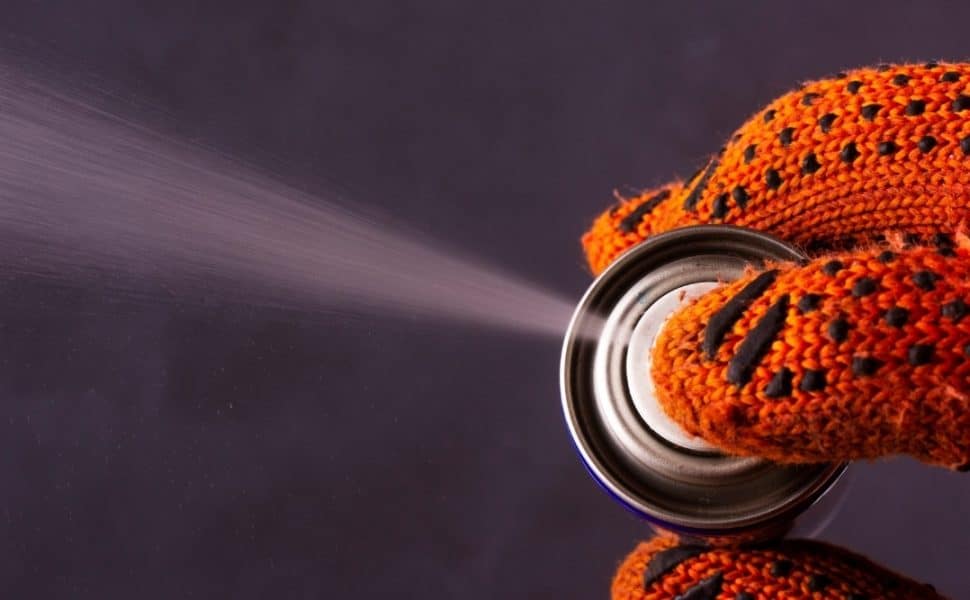How To Get Rid Of Carpenter Bees with WD-40?

Have you ever had carpenter bees infesting your house in the spring? These annoying buzzing things are a pain in the butt, right?! They’re also really hard to get rid of.
Carpenter bees are solitary insects, although they nest near each other. They can nest in wood that has been previously used by carpenter ants or termites, but their nests do not cause structural damage. They prefer bare, unpainted or weathered softwoods, especially redwood, cedar, cypress and pine.
Carpenter bees are very similar in appearance to bumble bees, but they lack the dense hair found on the thorax of bumble bees. The abdomen of the carpenter bee is shiny black and the thorax is covered with golden hairs. Carpenter bees are approximately 1 inch long.
Carpenter bees overwinter as adults in sheltered locations and emerge in spring when temperatures reach about 70°F. The males guard nest entrances, where they hover in front of any moving object including people. The males make a loud buzzing sound but are harmless because they lack stingers.
Female carpenter bees bore into wood to lay their eggs. They create tunnels up to 6 inches long which contain several individual cells for the eggs. Woodpeckers sometimes feed on these egg-containing cells.”
What do they look like?
Carpenter bees are large (1/2 to 1 inch long), black and yellow or metallic blue. They are often mistaken for bumblebees. However, unlike bumblebees, carpenter bees have a shiny abdomen. While male carpenter bees look like they have stingers, they cannot sting. Females can sting but rarely do so.
How Do You Know If You Have Carpenter Bees?
Carpenter bees get their name from the way they excavate wood for their nests. The female carpenter bee will drill a hole about the size of her body into wood surfaces such as decks, porches, eaves or outdoor furniture. She will then turn at a 90 degree angle and drill a tunnel where she will lay her eggs before plugging up the entrance hole with sawdust.
What is WD-40?
WD-40 stands for Water Displacement, 40th formula. That’s the name straight out of the lab book used by the chemist who developed WD-40 back in 1953.
The chemist, Norm Larsen, was attempting to concoct a formula to prevent corrosion a task which is done by displacing water. Thus, he created a water displacement formula for his work on the Apollo space program that was safe to use on precision equipment.
Norm’s persistence paid off when he perfected the formulation in his garage in San Diego almost six decades ago, and we have been firmly committed to providing superior products ever since.
How to Get Rid Of Carpenter Bees with WD-40
How to Get Rid Of Carpenter Bees with WD-40? You can kill carpenter bees with WD-40. All you need to do is spray the insects with this product inside their holes. In addition, you can also spray it on areas where they’re likely to enter your house. This includes eaves, windows, and wooden doors.
Another thing you can do is mix WD-40 with water and sprays it on wooden surfaces outside your home where these insects are likely to nest. Doing this will help prevent these unwanted creatures from drilling holes into your property.





